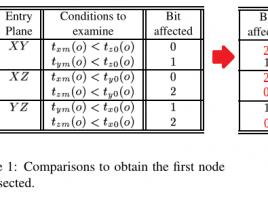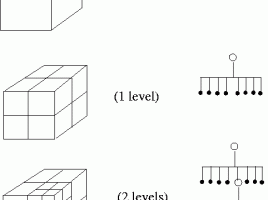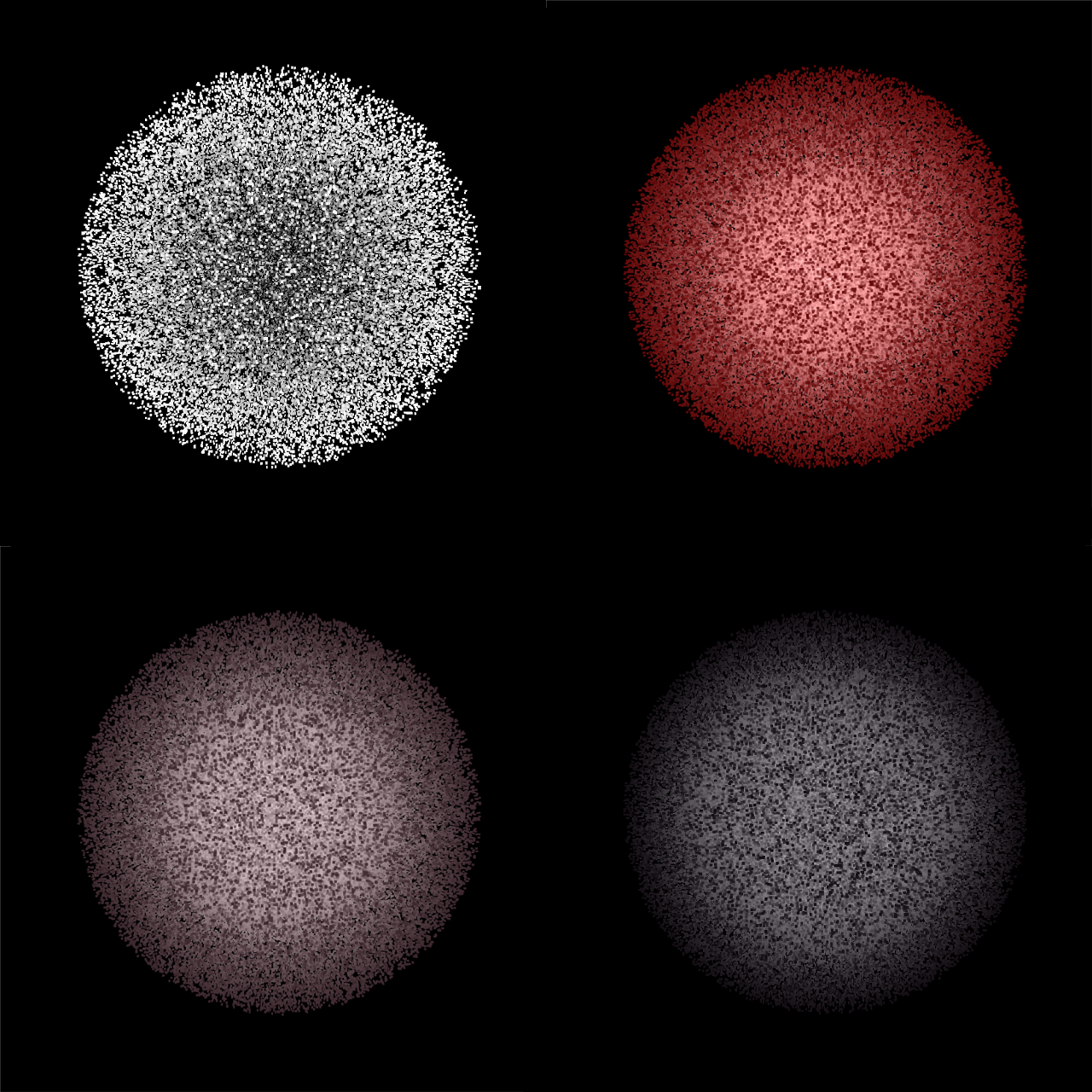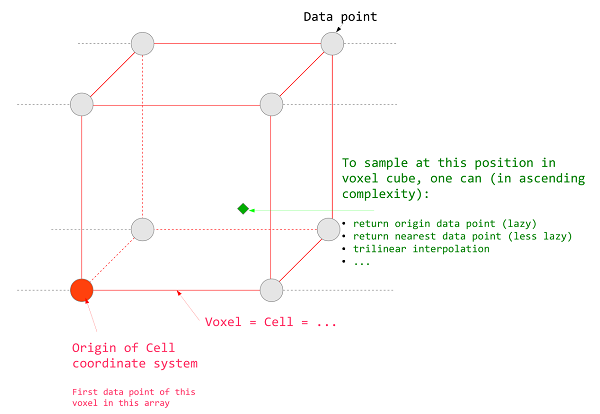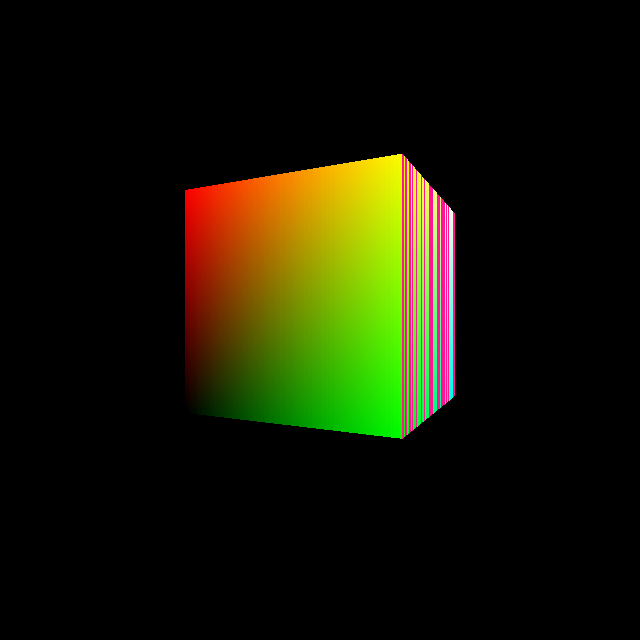
Octrees are your friends
After some painstaking debugging (I guess every programmer can start a post like this), I got my Sparse Voxel Octree-based raycaster working. It’s still all CPU-based, to keep things simple for now. As you can see from the following false color images, the efficient skipping of empty space results in …

